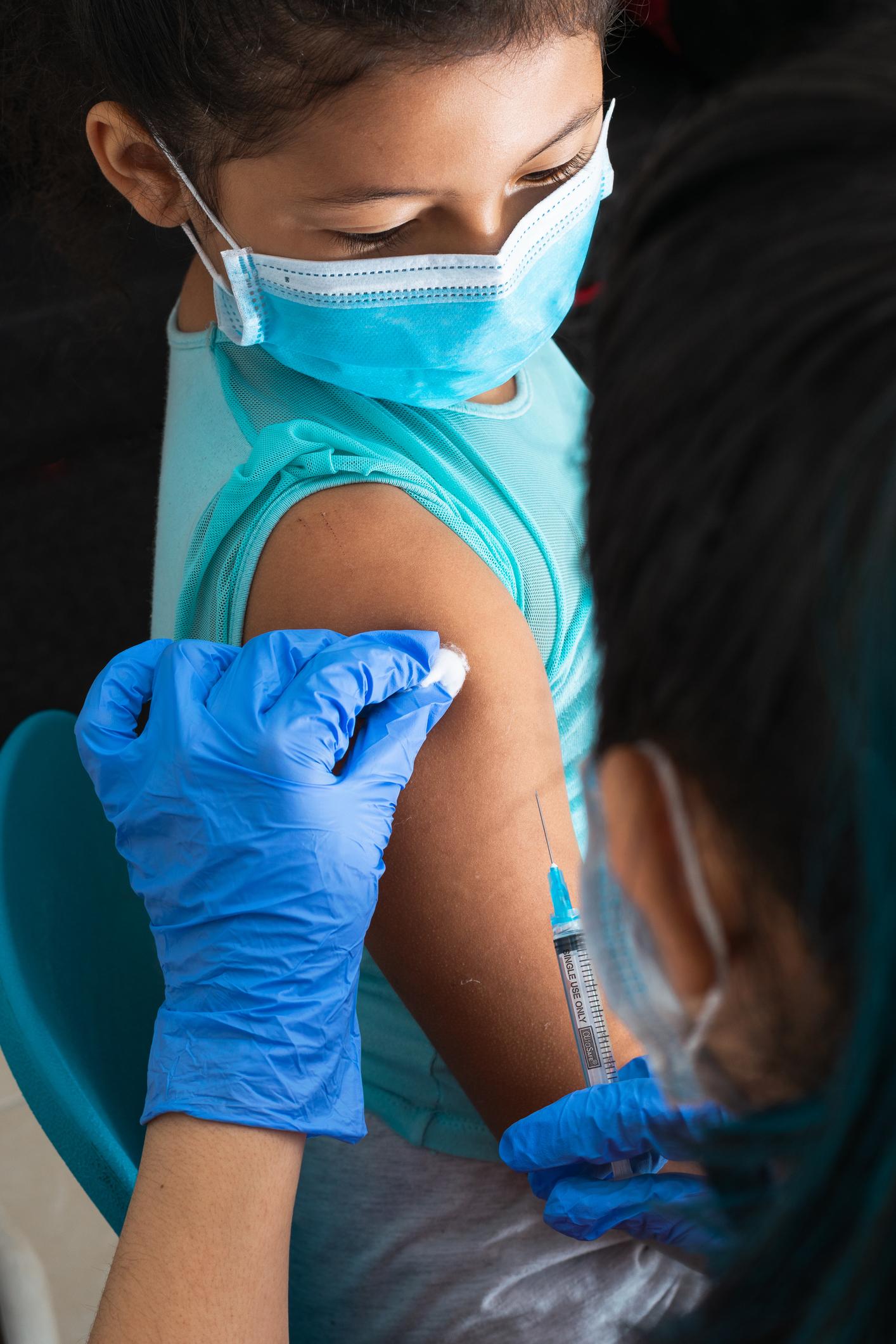Today in Morbidity and Mortality Weekly Report, researchers examine the durability of COVID-19 vaccination during Omicron circulation among kids 5 to 18 years and find that two doses of the original monovalent (single-strain) mRNA COVID-19 vaccine was 52% effective against pediatric COVID-19 hospitalization and 57% effective against critical illness, if the vaccine was administered no longer than 4 months preceding hospitalization.
Beginning in December 2021, US children ages 5 and older have been recommended to receive two doses of vaccine to protect against COVID-19–related hospitalizations. These original monovalent vaccines were available only before September 2022.
To examine durability, the study used a case-control design to evaluate vaccine effectiveness (VE) from December 19, 2021, to October 29, 2023, in participants enrolled in the Overcoming COVID-19 Network.
Case-patients were children who were hospitalized for acute COVID-19 and received a positive SARS-CoV-2 test result, and control patients were hospitalized for COVID-19–like illness but received a negative SARS-CoV-2 test result.
Efficacy drops after 4 months
A total of 3,348 patients were enrolled, including 1,551 (46%) case-patients and 1,797 (54%) control patients. Critical illness occurred in 294 case-patients (19%) and 322 control patients (18%), with critical illness defined as receipt of noninvasive or invasive mechanical ventilation, vasoactive infusions, extracorporeal membrane oxygenation, or illness resulting in death.
VE of the original monovalent vaccine against COVID-19–related hospitalizations was 52% (95% confidence interval [CI], 33% to 66%) when the most recent dose was administered less than 120 days before hospitalization, and 19% (95% CI, 2% to 32%) if the interval was 120 to 364 days, the authors found.
"Too few children and adolescents received bivalent [two-strain] or updated monovalent vaccines to separately evaluate their effectiveness," the authors wrote, so VE estimates were limited to two doses or more of the original monovalent vaccine.
Overall, VE of the original monovalent vaccine against COVID-19–related hospitalization was 31% (95% CI, 18% to 43%) if the last dose was received any time within the previous year.
For critical illness, VE was 57% (95% CI, 21% to 76%) when the most recent dose was received less than 120 days before hospitalization, 25% (95% CI, –9% to 49%) if it was received 120 to 364 days before hospitalization, and 38% (95% CI, 15% to 55%) if the last dose was received any time within the previous year.
Protection from original vaccines was not sustained over time, necessitating increased coverage with updated vaccines.
"Protection from original vaccines was not sustained over time, necessitating increased coverage with updated vaccines," the authors wrote. "Most children and adolescents in this analysis who were hospitalized with COVID-19 were unvaccinated, and few had received updated vaccine doses despite a high prevalence of underlying comorbidities associated with more severe disease."





















